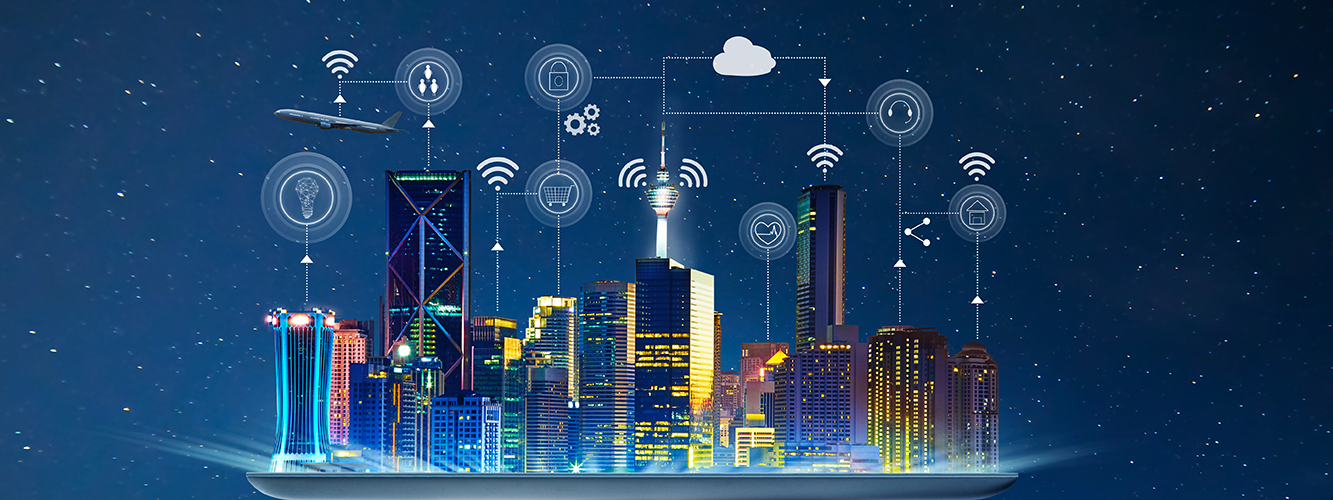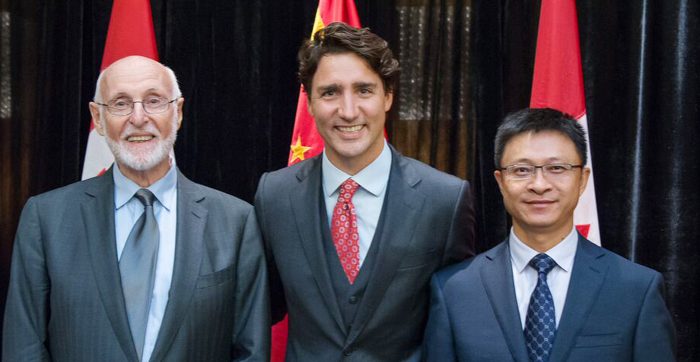The need for cities to develop SMART digital strategies came from many sources: external pressures, innovation, new data sources, social and environmental needs, operational constraints and changing citizen expectations. The challenge, once they complete their strategies, is staying smart.
Foundational strategies are driven by changing citizen expectations and evolving strategies are driven by the technology that is shaping cities.
Where does the journey to becoming a SMART city begin? It starts with data, information, knowledge, insight and wisdom and ends with the connections citizens, business and government make to enhance the urban experience.
“In 2011, Vancouver saw New York City rise to face the digital challenge,” says Jessie Adcock, chief technology officer for the City of Vancouver and a facilitator in the Schulich ExecEd’s SMART Cities Leadership program. “In 2012, we assessed our digital maturity. We discovered we had some work to do. We also discovered that digital strategies of the breadth we felt was needed were few and far between.”
The steps in the journey:
Digital Strategy 2013-2016
The journey began by drafting a digital strategy that, over three years, laid the foundation for a SMART City. That plan focused on achieving digital maturity in online, mobile, social and infrastructure/data areas and early business transformation. The goal was to make it easy for citizens and businesses to easily interact with the city through digital channels.
The effort on the digital strategy involved numerous components:
- Increasing citizen involvement through digital engagement
- Improving delivery of high-demand services through digital channels
- Providing access to technology and increase digital literacy for all
- Being citizen centric and invest in practices that will drive adoption
- Unifying service delivery models… think multi- or omni-channel
- Embracing mobility and promoting activity through digital tools
The table stakes of digital transformation are high and transparency into the process drives delight among users.
How do you get ready to become a Smart City? You pave the way for pervasive, fibre-enabled, digital infrastructure through innovative policy. SMART Cities run on digital infrastructure.
Technology Transformation 2017-2018
Once the digital strategy was in place, it revealed the evolving need for improved connectivity and the proper handling of data. A robust digital infrastructure is built through strategic investments and partnerships.
A blueprint for a SMART City’s infrastructure and assets includes pervasive digital infrastructure, the convergence of IT (information technology) and OT (operational technology) and data as an asset. The right approach to strategic partnerships will put Vancouver on the global map of wireless cities.
SMART Intelligent, Connected, Green City 2019 – 2022
At this stage of the journey, Vancouver is focused on optimizing the interoperability of these components. One example involves city sanitation engineers doing double duty as data collectors by capturing geocoded data that is distributed to our social services partners (the very next day) in order to better support the homeless.
Another example is found in emergency services. Emergencies need the right rapid response. With flexible technology and digital channel governance, service delivery can be focused in the right way, informed by near real-time data.
Where are we today? Our digital maturity has increased significantly. But so has the bar. And the gauge itself is changing.
As Vancouver continues on its successful digital journey, the smart, intelligent, green, and resilient city of the future will emerge from the digital noise and the data exhaust.
*
Jessie Adcock is a facilitator in SMART Cities Leadership, an eight-day e+ enhanced learning program that includes both in-class and online components, starting March 25, 2019 at the Schulich Executive Learning Centre. For more information visit the program website.














